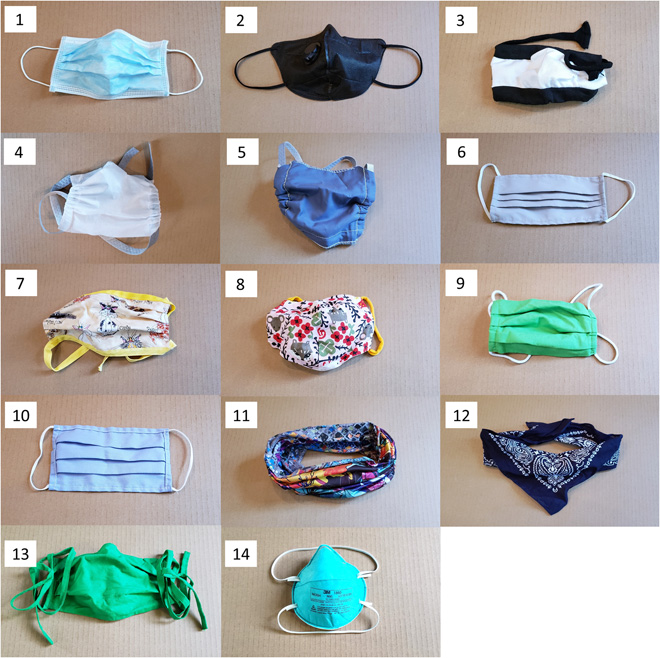Masks, What’s Best For You?
November 19, 2020
A Duke University study regarding the most effective COVID-19 masks was published in the journal of Science Advances on September 2nd this year. The experiment was conducted by recording the level of respiratory droplets that were able to be expelled through each type of mask. The results of this experiment are crucial to understand in order to achieve the safest environment in our communities and social circles.
By determining the safest type of mask, we can better protect those we come into contact with. The droplet transmission for the most protective mask tested, the N-95 mask, stood recorded at 0.1%. In an alarming contrast to this data point, the neck gaiter had a transmission fraction of 110%. Not far behind the gaiter in its ineffectiveness stood the bandana mask.
The common disposable surgical mask stood as runner up for its efficient protectiveness. This is great news for local communities such as the Berkshire campus because these masks are usually easily accessible. Carrying these extra masks around in school backpacks and sports bags would not be a bad idea because they are such an effective tool in protecting the community.
The variety of cloth masks also proved to be a safe choice, with droplet transmission fractions under 20%. This would be an even more ethical choice than the disposable surgical mask to reduce waste and save those masks for health care providers who work in high volume health centers.
The valved N-95 showed similar data to some of the less effective cotton masks. Although serving its purpose, it does not appear to be worth its high price of 20 dollars for serving the same function of an easily made cotton mask.
The alarming data that should be taken into consideration before purchasing a mask are the least effective masks that do nothing but harm the population. Bandana and gaiter masks showed to have transmission fractions between 60-110%. These numbers appear to have the same results as the controlled experiment where the volunteer wore no mask at all. Essentially, they have little to no effect in protecting against respiratory droplets.
Awareness of the best options to protect our community is essential for keeping our schools and businesses open and safe. Being diligent and responsible with our mask wearing, practicing proper hygiene with multiple hand washes throughout the day, and adhering to the recommended six feet of social distancing will allow for the safest environment on our campus.
Source: Fischer, E., Fischer, M., Grass, D., Henrion, I., Warren, W., & Westman, E. (2020, September 01). Low-cost measurement of face mask efficacy for filtering expelled droplets during speech. Retrieved November 02, 2020, from https://advances.sciencemag.org/content/6/36/eabd3083

